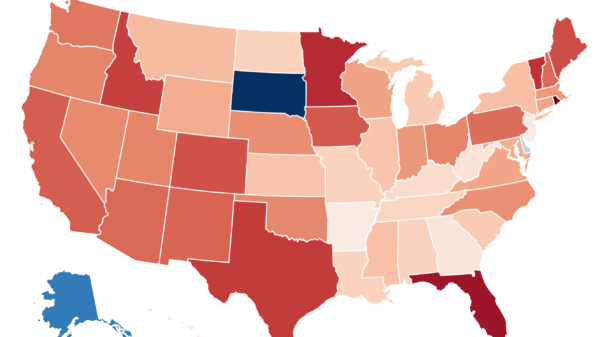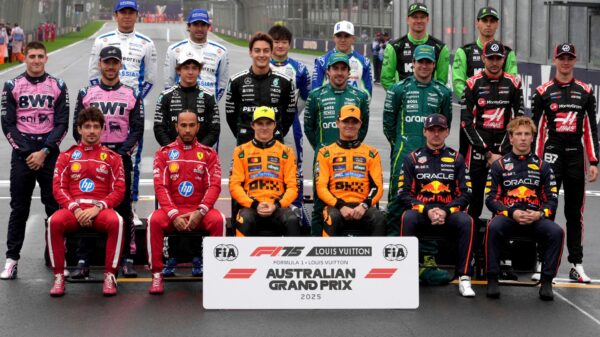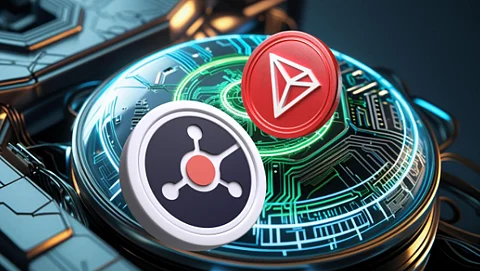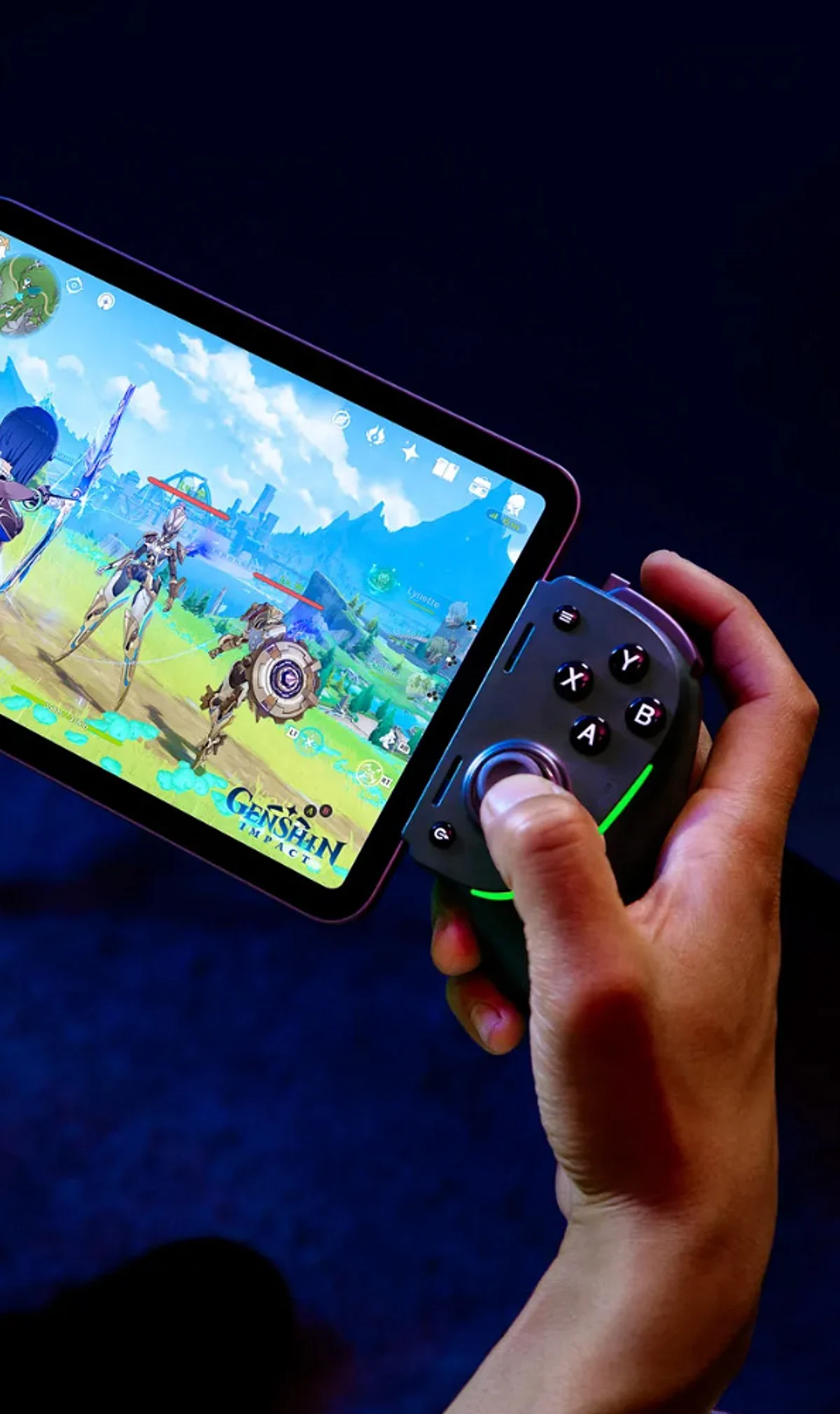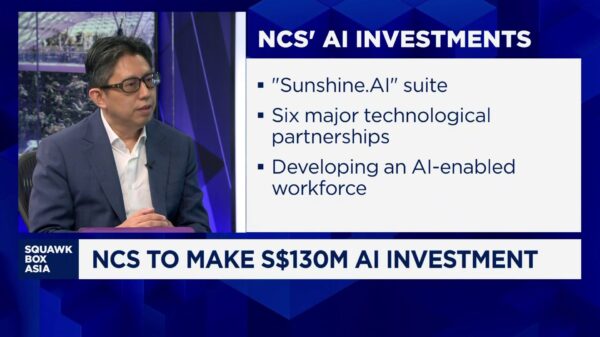Innovative gaming technology is set to revolutionize the way players engage with their favorite titles. From haptic suits that provide tactile feedback to augmented reality (AR) headsets that blend the digital world with reality, these advancements promise to enhance the gaming experience significantly. As of 2024, the gaming industry is witnessing an unprecedented surge in immersive technology, propelling both performance and enjoyment for gamers worldwide.
Emerging Gear Redefines Immersion
Leading the charge in this transformation are haptic suits, which simulate touch and movement. These suits enable players to feel the impact of in-game actions, creating a visceral connection that traditional gaming setups cannot match. Companies like TESLASUIT are at the forefront of this innovation, offering products that allow players to experience sensations such as the rush of wind or the recoil of a weapon. This technology is not just a novelty; it is being adopted in various gaming genres, particularly in esports, where performance can be the difference between victory and defeat.
AR headsets are also gaining traction as they seamlessly integrate gaming with the real world. Devices from major tech firms, including Meta and HTC, provide players with the ability to see digital overlays in their physical environment. For instance, games like Pokémon GO have already demonstrated the potential of AR to attract millions of users, and this trend is expected to accelerate as hardware improves.
Boosting Performance and Engagement
The impact of these technologies extends beyond entertainment; they are also designed to enhance player performance. Haptic feedback can help gamers develop muscle memory, improving reaction times and accuracy. Research indicates that players using immersive gear experience increased engagement levels, which can lead to better gameplay outcomes. According to a report from the International Game Developers Association, nearly 70% of gamers using advanced technology reported a more satisfying gaming experience.
The global market for immersive gaming technology is projected to reach $30 billion by 2025, indicating a strong demand for these innovations. This growth is driven by both individual gamers and professional esports organizations, which are investing heavily in advanced gear to gain a competitive edge. As the line between gaming and reality continues to blur, the industry anticipates further developments that will create even more compelling experiences.
As these technologies become more accessible, the future of gaming looks brighter than ever. With advancements in immersive play, gamers can look forward to experiences that not only entertain but also engage their senses in unprecedented ways. The evolution of gaming gear is not just about changing the way players interact with games; it is about redefining what is possible in the realm of interactive entertainment.



